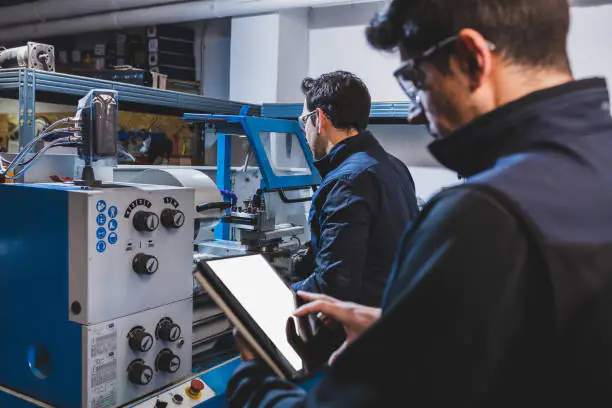Using a CNC machine can seem intimidating at first, but once you break down the steps and understand its components, it becomes a powerful tool for creating intricate designs and parts. Whether you are a hobbyist, a beginner in CNC machining, or an industry professional, understanding how to operate a CNC machine is essential for effective and precise manufacturing. This guide will explore everything you need to know about using a CNC machine, step-by-step, while also highlighting important considerations along the way.
What is a CNC Machine?
Understanding CNC Technology
A CNC (Computer Numerical Control) machine is a machine tool used for precisely shaping materials, such as wood, metal, or plastic, by following instructions coded into a computer program. These machines are used in various industries, from aerospace to automotive manufacturing, thanks to their ability to perform precise cuts and reproduce complex shapes.
CNC machining involves the use of different tools, like drills, lathes, and mills, which are controlled by pre-programmed software to automate the cutting, drilling, or shaping processes. The CNC machine follows the commands exactly, which allows for incredible accuracy and repeatability.
Components of a CNC Machine
- Spindle Motor: The spindle motor rotates the cutting tool at high speeds to perform various types of cuts. For instance, the 2.2KW ER20 Air-Cooled Spindle is a popular choice for hobbyists and professionals alike.
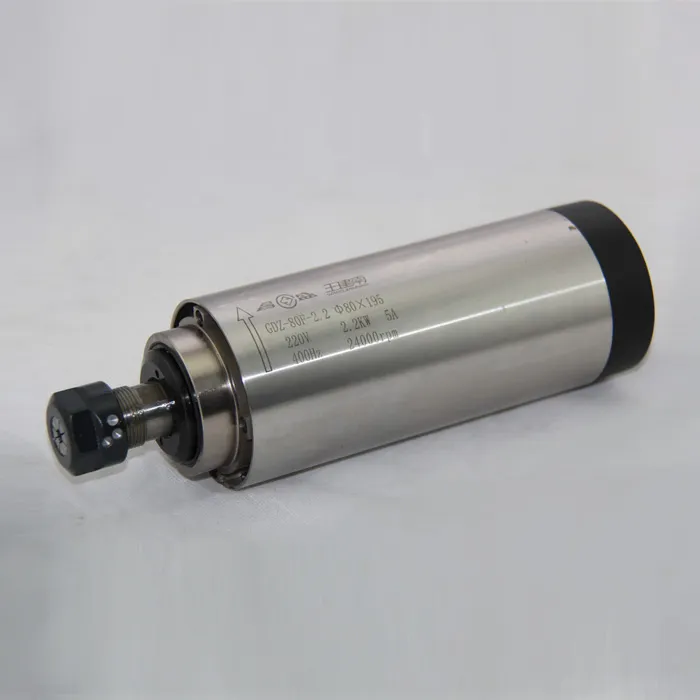
- Worktable: This is where the material being machined is held in place, usually with clamps or a vice.
- Control Panel: The interface used to enter commands and control the machine’s functions.
- Tool Changer: Automated systems that change cutting tools based on the requirements of the machining process.
- Cutting Tools: These tools come in various forms, such as end mills, drills, and lathes, depending on the type of cut or shape needed.
Internal Link: Explore our CNC Spindle Motors to find the right spindle for your CNC machine.
Preparing for CNC Machining
Step 1: Setting Up the Workspace
Before you start using the CNC machine, it is crucial to prepare the workspace:
- Safety First: Always wear protective gear like goggles and gloves.
- Clean the Work Area: Ensure there are no obstacles or loose items around the CNC machine.
- Material Setup: Secure your workpiece on the worktable using clamps or a vice to prevent movement during machining.
Step 2: Choosing the Right CNC Software
To operate a CNC machine, you need CNC software to create and process the commands that the machine follows. There are three main types of software used in CNC operations:
- CAD Software (Computer-Aided Design): Used for creating the design or part that needs to be machined. Examples include AutoCAD and SolidWorks.
- CAM Software (Computer-Aided Manufacturing): Converts CAD models into CNC commands. Software like Fusion 360 or Mastercam can generate G-code, which is the language CNC machines understand.
- CNC Controller Software: This software sends the G-code to the CNC machine, directing its actions. Examples include Mach3 and GRBL.
Step 3: Tool Selection
Selecting the right cutting tool is essential for the success of the machining operation. Factors to consider include the type of material, the depth of cut, and the desired finish. For example:
- End Mills: Great for cutting flat surfaces, making pockets, and contouring.
- Drills: Used for creating holes.
- Ball Nose Mills: Ideal for 3D cutting and intricate designs.
Internal Link: Explore our 24000RPM 0.8KW ER11 Water-Cooled Spindle to enhance your CNC setup for precision machining.
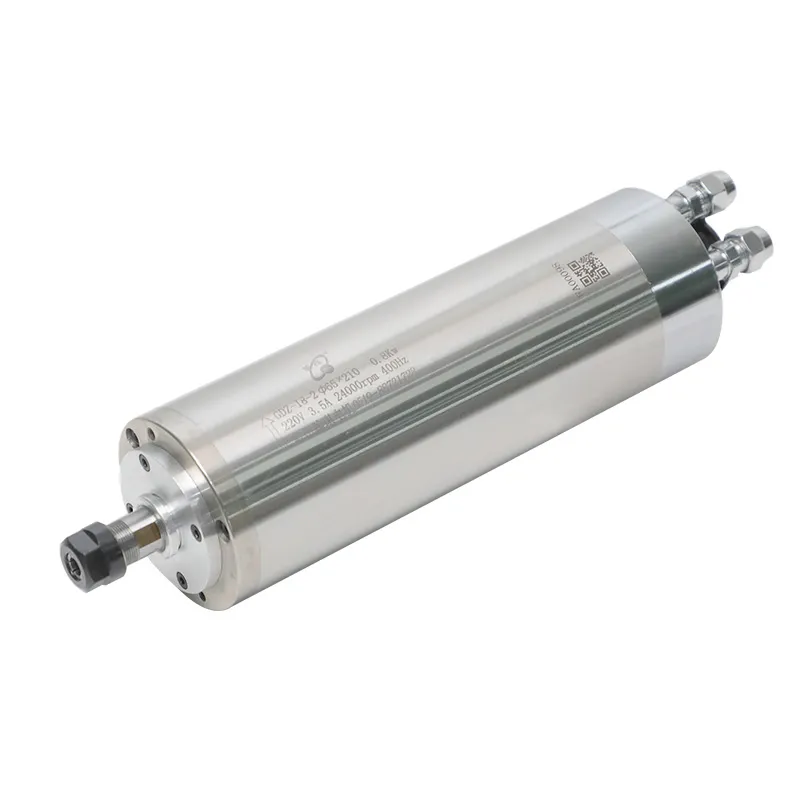
Operating the CNC Machine
Step 4: Loading the CNC Program
The next step is to load the G-code generated by your CAM software into the CNC machine. This can be done via a USB drive, direct computer connection, or over a network.
- Select Program: Use the control panel to navigate and select the correct program.
- Simulation: Most CNC machines allow you to simulate the toolpath to ensure there are no errors in the code.
Step 5: Setting Zero Points
The zero point is the reference point from which all other measurements are taken. Setting up the machine’s zero point is crucial for precision.
- X, Y, Z Axes: Move the machine manually to set the zero point for each axis (usually at one corner of your material).
- Tool Height: Set the height of the tool to avoid damaging the workpiece or the tool during initial contact.
Step 6: Running the CNC Machine
Once all preparations are in place, you can start the CNC machine.
- Turn on the Spindle Motor: Start the spindle at the correct RPM for the selected tool and material.
- Monitor the Cutting Process: It’s essential to watch the machine as it runs to catch any issues early, like tool wear or material shifting.
- Coolant Application: If the material or tool requires it, apply coolant to prevent overheating and extend tool life.
Internal Link: Discover the 1.5KW ER11 Round Air-Cooled Spindle for achieving a high-quality finish on CNC projects.
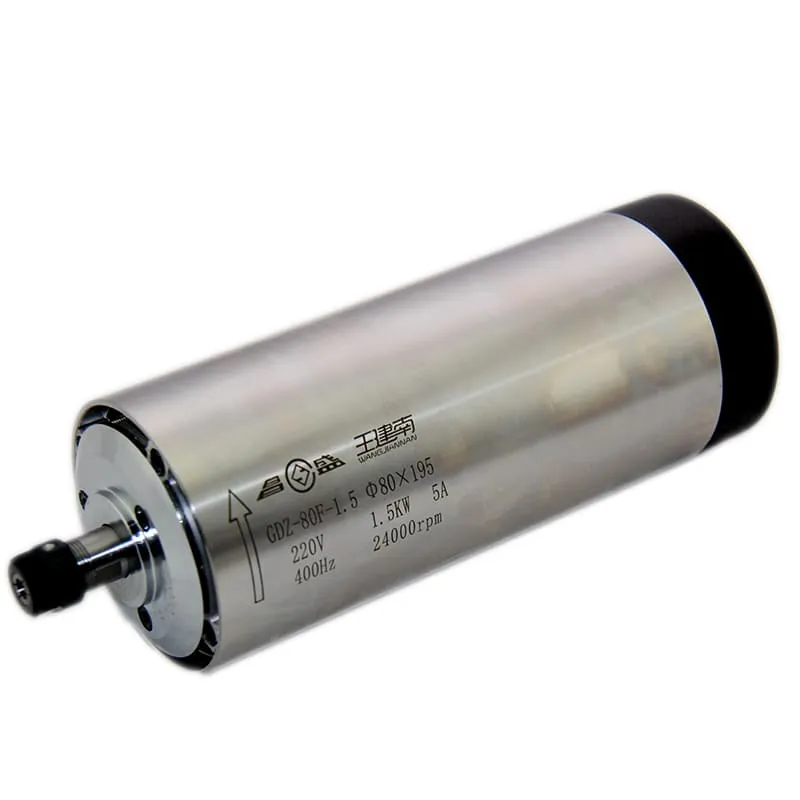
Step 7: Inspection and Final Adjustments
After the CNC machine completes its run:
- Inspect the Part: Use calipers or other measuring tools to verify that the part matches the design specifications.
- Adjust if Necessary: If dimensions are incorrect, modify the toolpath or settings and rerun the process.
Safety Considerations When Using a CNC Machine
Personal Protective Equipment (PPE)
Always wear appropriate PPE when working with a CNC machine, including:
- Safety Glasses: To protect your eyes from flying chips or dust.
- Gloves: Use gloves when handling sharp-edged materials, but avoid wearing them while the machine is running to prevent entanglement.
- Hearing Protection: CNC machines can be loud, and hearing protection is recommended.
Avoid Distractions
Operating a CNC machine requires your full attention. Any distraction can lead to mistakes that could damage the machine or the part being machined, or even cause injury.
Emergency Stop
Every CNC machine is equipped with an emergency stop button. Familiarize yourself with its location and use it whenever there is a potential issue that could cause harm or damage.
Choosing the Right CNC Machine for Beginners
Types of CNC Machines
For those new to CNC machining, selecting the right machine is crucial. Here are some types of CNC machines to consider:
- CNC Router: Ideal for woodworking, plastic, and soft metal projects. It is versatile and relatively affordable, making it great for beginners.
- CNC Mill: Suitable for harder materials like steel and aluminum. It’s more rigid than a CNC router and ideal for detailed and high-precision work.
- CNC Lathe: If your projects involve making symmetrical objects like spindles or cylindrical parts, a CNC lathe is the best choice.
Key Features to Look for
- Spindle Power: Choose a spindle with enough power to handle your typical materials, such as the 60000RPM 1.2KW ER11 Water-Cooled Spindle.
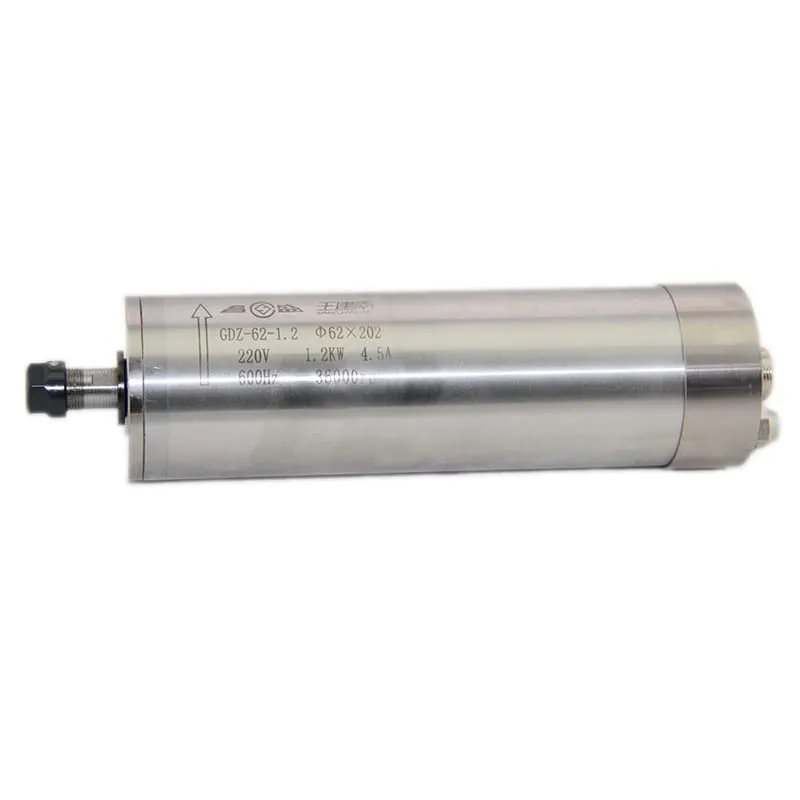
- Work Area Size: Make sure the machine’s work area is large enough for your intended projects.
- Software Compatibility: Confirm that the CNC machine works with popular software like Fusion 360 or GRBL.
Maintaining Your CNC Machine
Regular Maintenance Tasks
To keep your CNC machine running smoothly, perform regular maintenance, including:
- Lubrication: Apply lubrication to the machine’s moving parts as recommended by the manufacturer.
- Clean the Machine: Remove chips and dust after every session to prevent build-up and wear on components.
- Check Belt Tension: Loose belts can lead to a loss of precision and missed steps during operation.
Troubleshooting Common Issues
- Vibration During Operation: This could be due to loose mounting screws or an unbalanced tool. Tighten everything and check that the tool is sharp.
- Inaccurate Cuts: If your cuts aren’t precise, check for worn lead screws or loose guide rails. Calibration may be necessary.
FAQs
1. What software do I need to use a CNC machine?
You will need CAD software for design, CAM software for creating G-code, and CNC controller software to operate the machine.
2. How do I choose the right CNC spindle motor?
The spindle motor should match the power and speed requirements of your projects. Higher RPM spindles are ideal for softer materials, while more powerful spindles work better for metals.
3. What is the difference between a CNC router and a CNC mill?
A CNC router is typically used for cutting softer materials, while a CNC mill is more rigid and suited for metals and more precise cuts.
4. Can a beginner use a CNC machine?
Yes, with the right training and safety precautions, beginners can use CNC machines effectively. Start with small projects and gradually work on more complex designs.
5. Why is setting the zero point important?
Setting the zero point accurately ensures that the CNC machine starts cutting from the correct position, reducing the risk of errors or damage to the workpiece.
Conclusion
Learning how to use a CNC machine can open up countless possibilities for creating precise and intricate parts. By following this guide—from understanding the components to safely running the machine—you will be well on your way to mastering CNC machining. Whether you are a beginner or a seasoned machinist, the key lies in practice, understanding your tools, and always prioritizing safety.
For a complete selection of CNC spindles and other accessories to optimize your setup, be sure to visit spindlemotorshop.com. We provide a range of products to support all levels of CNC projects, ensuring your success from start to finish.

